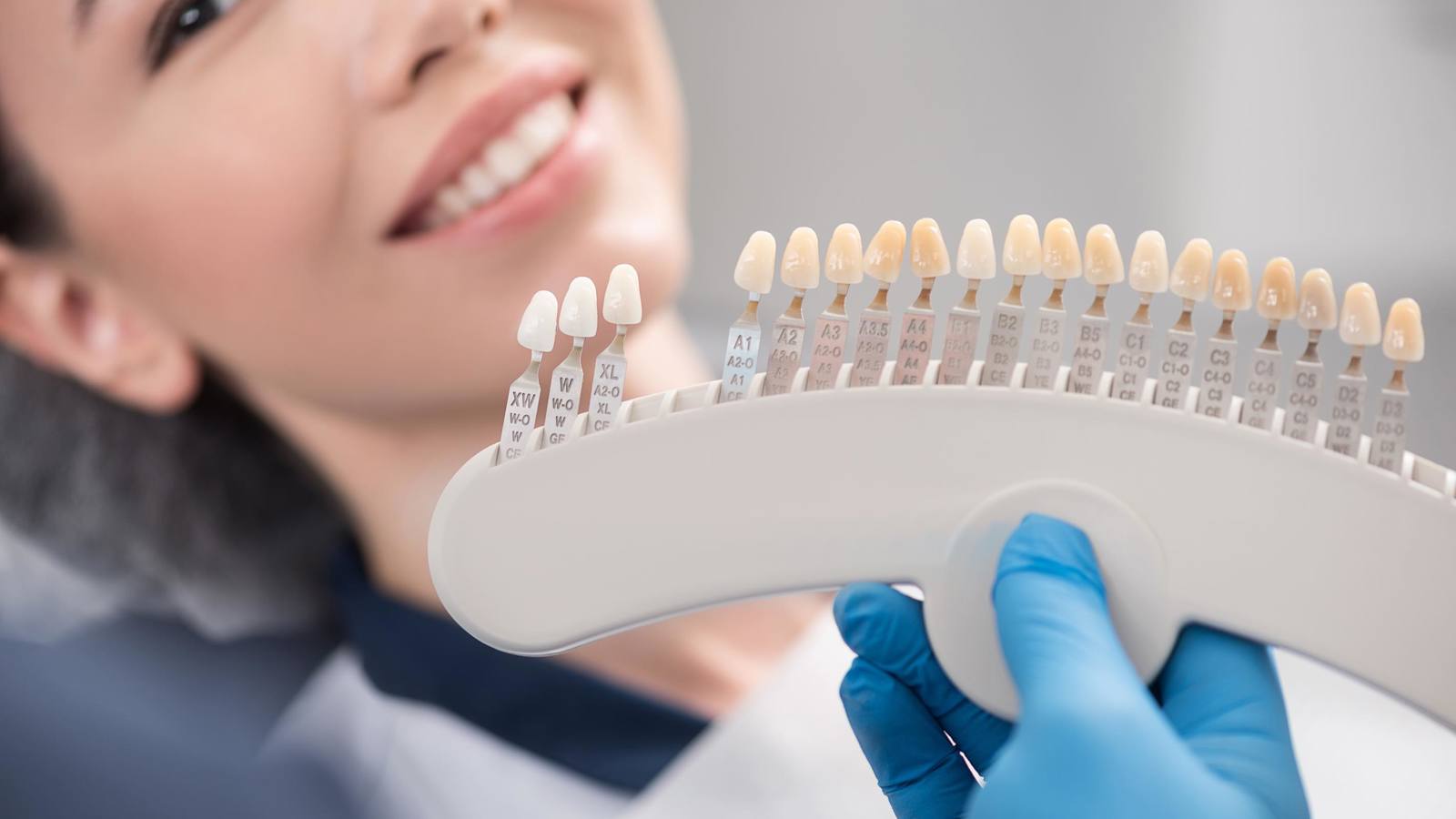
Understanding the texture and properties of dental composites using a Texture Analyser

Dental composites are widely used in restorative dentistry to repair damaged or decayed teeth. These materials have evolved over the years to mimic natural tooth structure and provide durability, aesthetics, and strength. However, it is crucial for dental professionals to have an in-depth understanding of the texture and properties of dental composites to ensure successful restorations.
A Texture Analyser is a sophisticated scientific instrument that measures the mechanical properties of materials, including their texture, hardness, elasticity, and adhesiveness. It utilises a probe or a set of probes to exert controlled forces on the material and record the corresponding responses. This instrument is widely used in various industries, including food, pharmaceuticals, packaging, and cosmetics, to assess the quality and consistency of products. In dentistry, a Texture Analyser can be extremely beneficial in evaluating the performance of dental composites and restorative materials.
One of the key properties of dental composites is their hardness, which is crucial for withstanding the stresses of biting and chewing. By using a Texture Analyser, dental professionals can measure the hardness of composites and compare them to the hardness of natural teeth. This information allows them to select the most appropriate composite material for a specific restoration, ensuring a high level of patient satisfaction and long-lasting results. Additionally, the hardness data obtained from a Texture Analyser can be useful in assessing the wear resistance of dental composites, which is important for evaluating their longevity and durability.
Another important aspect of dental composites is their adhesiveness or bond strength. Dental professionals rely on the adhesive properties of composites to ensure a strong and long-lasting bond between the restoration and the tooth structure. By using a Texture Analyser, it is possible to measure the bond strength of dental composites and determine their effectiveness in bonding to tooth surfaces. This information can guide dental professionals in selecting the most suitable bonding agents and techniques for different types of restorations, such as direct fillings or veneers.
Typical research examples of how a Texture Analyser has been used in this field:
- Effect of filler particle size and morphology on force/work parameters for stickiness of unset resin-composites
- Pre-heating effects on extrusion force, stickiness and packability of resin-based composite
- Interfacial integrity of low-shrinkage composite restorations related to the filling technique and consistency
- Fracture resistance of metal ceramic restorations with two different margin designs after exposure to masticatory simulation
- Development and characterization of biomimetic peptide-based bioink for dental tissue engineering
- Microbial Poly (hydroxybutyrate-co-hydroxyvalerate) Scaffold for Periodontal Tissue Engineering
In conclusion, a Texture Analyser is an invaluable tool in the field of dentistry, specifically for understanding the texture and properties of dental composites. By using this instrument, dental professionals can evaluate the hardness, bond strength, and aesthetic properties of composites, leading to improved restorative outcomes. The data obtained from a Texture Analyser can assist in the selection of the most suitable composite materials for different restorations, ensuring the longevity, durability, and aesthetics of dental restorations. Thus, integrating texture analysis into the practice of restorative dentistry can greatly enhance the quality and predictability of dental treatments.
Learn more about what other material properties a Texture Analyser can measure.
Why not take a look at our case studies to see typical examples of how industry leaders are already using the Texture Analyser to get ahead of the competition.
Request a demonstration of any of our instruments. Let us know, we’d be happy to show you how things work.









